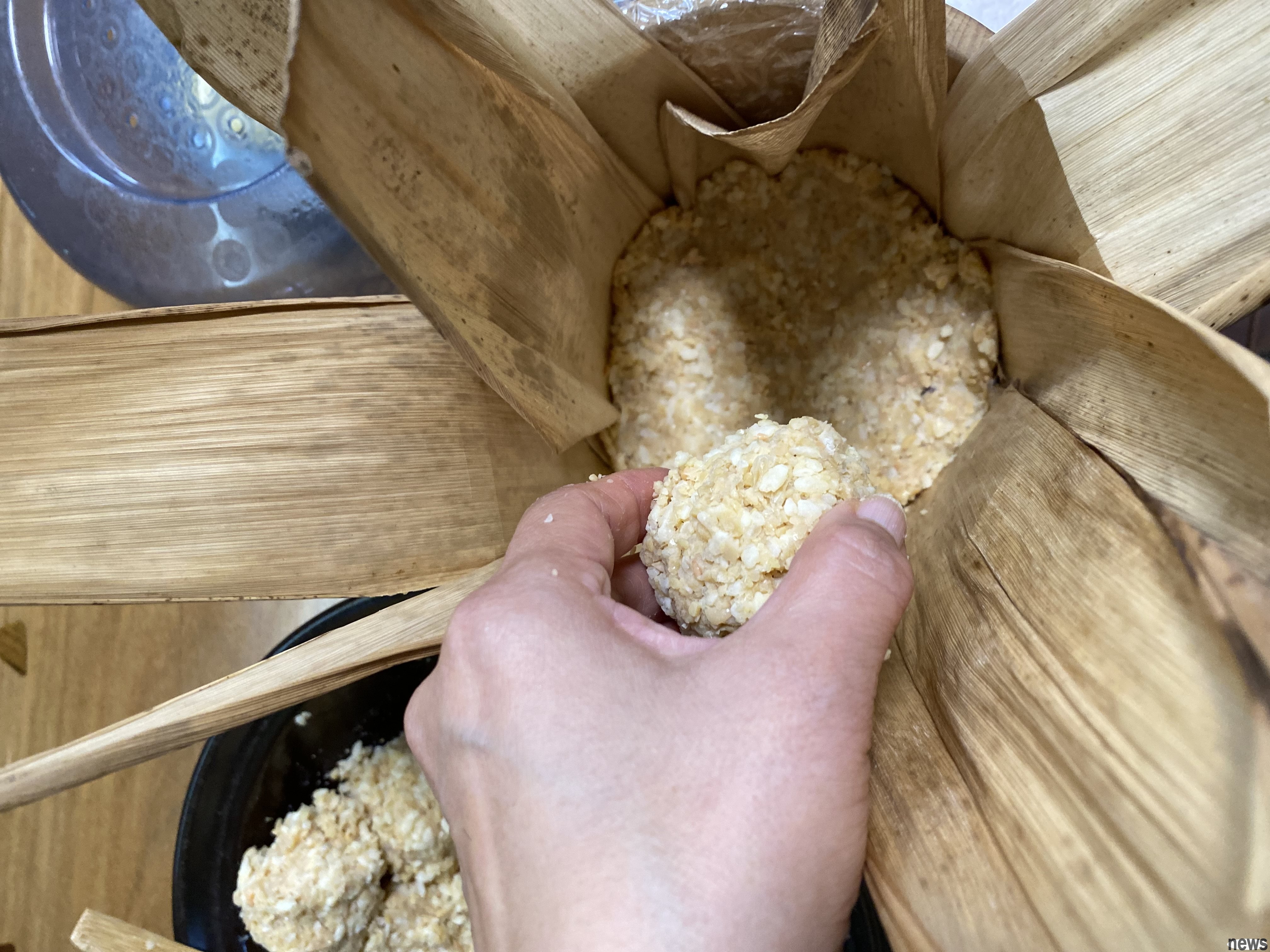There is a kind of love that is thousands of thousands of pieces, layered and lace, constantly intersecting, deepening and thickening the "painting" to make love; there is a kind of food that is plain and low-tuned, which transforms throug...

There is a kind of love that is thousands of thousands of pieces, layered and lace, constantly intersecting, deepening and thickening the "painting" to make love; there is a kind of food that is plain and low-tuned, which transforms through fermentation and transformation, transforms into a thick taste, adding points to other ingredients to enhance the taste. What I am talking about is an artistic creation that started because of the French fighting (French Bulldog). I also talked about the cause of making miso. The relationship between the two is that this happens. Hokuto is the first martial arts struggle that was raised after marriage by Mi and Shun. The cute appearance and innocent expression of the magic fight are difficult to resist, but their natural health conditions that are prone to appear also make the host feel at ease or even hurt. Because of taking care of the sick Beidou, the couples have accumulated a lot of experience in caring for them. After becoming an angel in Beidou, Yumi and Shunko decided to take care of the breeding dogs that were suffering from illness throughout the body. Although they knew that every magic fight on their side would not be with them for a long time, they would break their hearts again, and the two of them were willing to give their whole heart.
{They met and met at a Japanese art school. After returning to Taiwan, Shunzi continued to use the French fight as the protagonist of the creation. He followed his French fight fans all the way from Tokyo and would also chase him to Taiwan to search for his new works. Through the promotion of Japanese media, the French fighters also commissioned Shunzi to create unique works. His creative medium is thick fabric and various woven lines, which creates magical faces on the canvas, and "paint" each trumped magical fight, one by one, and then "painted" each trumped magical fight.
That day, I went to their studio in Hsinchu, and Shunzi was starting a new painting. He stacked up one by one with his friend's images, and the magic battles in the images gradually appeared on the off-white canvas. The sunlight in winter shines in from the window, Yumi and her friend Kondo Kako, who is very good at cooking, also walked into the studio. They were chatting about the delicious chicken miso soup that sounded good. They said that it is common to make miso yourself in Japan, just like some people in Taiwan do bean paste and kimchi. It is not difficult to make miso, and the ingredients are simple and you will do it as soon as you learn it.
I have made beans that are also made of yellow beans, and I know that it is not difficult. Kondo Kako woke me up in one word, and it turns out that miso is also a simple and easy-to-make homemade flavoring. Although traditional miso has to wait for six months to ferment, I can’t wait to prepare the ingredients. In a smooth manner, I can unbox my hand-made miso in the middle of the year.
Ingredients: 200g yellow beans, 200g rice koji, 80g salt
Method:
1. Soak the yellow beans in water for at least 12 hours, absorb water and expand it, and then boil thoroughly after absorbing water.
2. Take a yellow bean and press it between your thumb and little finger and squeeze it easily.
3. Crush the cooked yellow beans, or crush them into mud with a tuning machine. I mixed the crushed and mudged yellow beans to retain the coarse grains.
4. After mixing the rice koji and salt thoroughly, mix the yellow beans into it until you can knead it into small round balls with your hands. If it is too dry and cannot be kneaded into a ball, add the remaining soup juice from the boiled yellow beans, rub it with your hands until it can form a group, and then rub it into a miso ball.
5. Clean and disinfect the container, place the miso balls into the container and flatten them, so as to leave no gaps, until the miso is completely placed, apply a layer of salt on the surface, and then disinfect the mouth of the bottle with edible alcohol or high-density rice wine.
6. If there is still a gap between the miso and the cushion, use a salted bag to completely press the miso, seal and mark the date. In order to get the first bucket of miso in my life, the container I used this time was a small wooden barrel and rice dumpling leaf, which was actually easier to make with glass sealed jars.
The miso you make is alive, it will taste different as it fermentes. It can be eaten after six months of fermentation. The longer the time, the color will deepen, and the more mellow the taste will be. It’s so exciting to finish a work by yourself, what about you? Do you also want to make miso by hand?